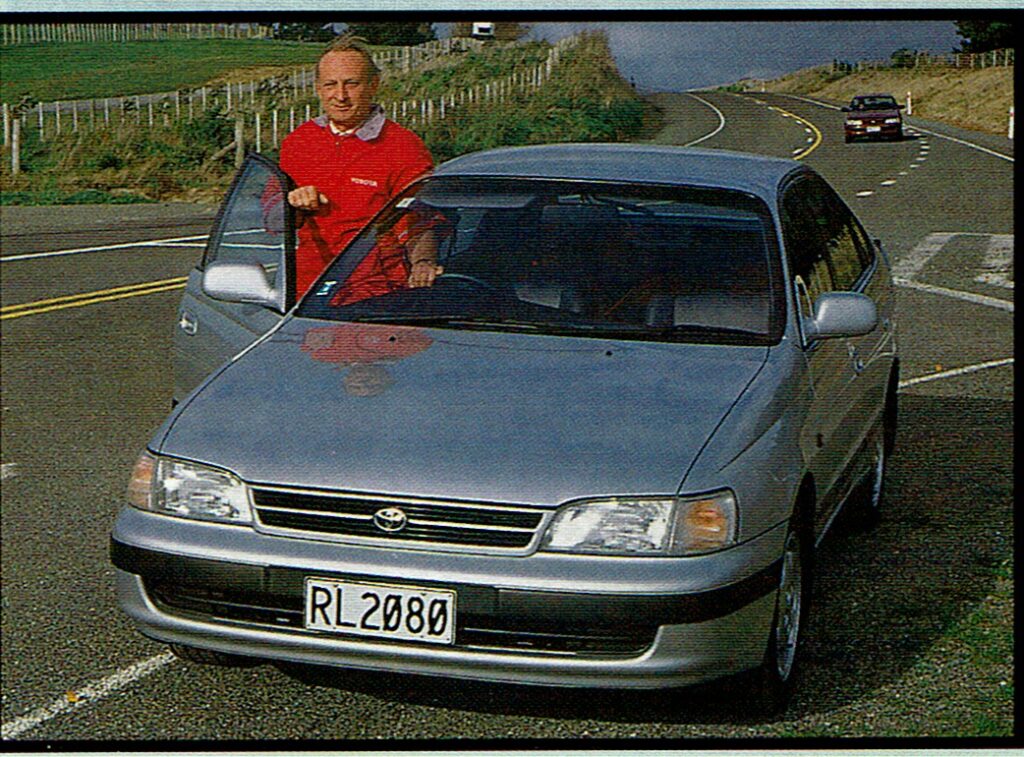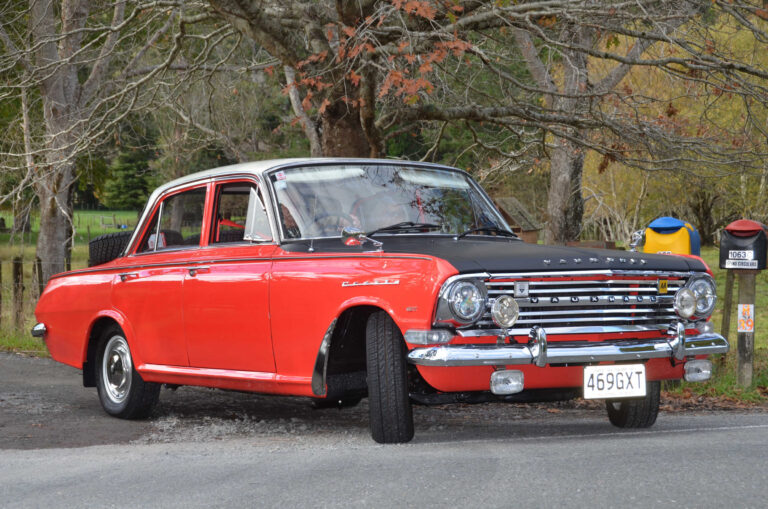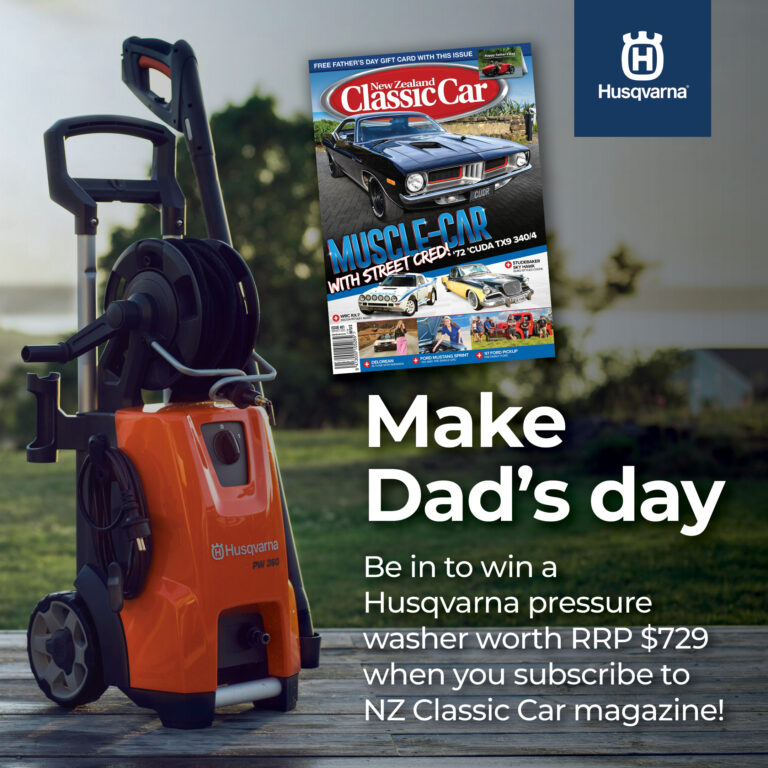What sort of cars did Chris Amon, Bruce McLaren and Denny Hulme drive when they weren’t on the race track?
Motorman knows
By Donn Anderson
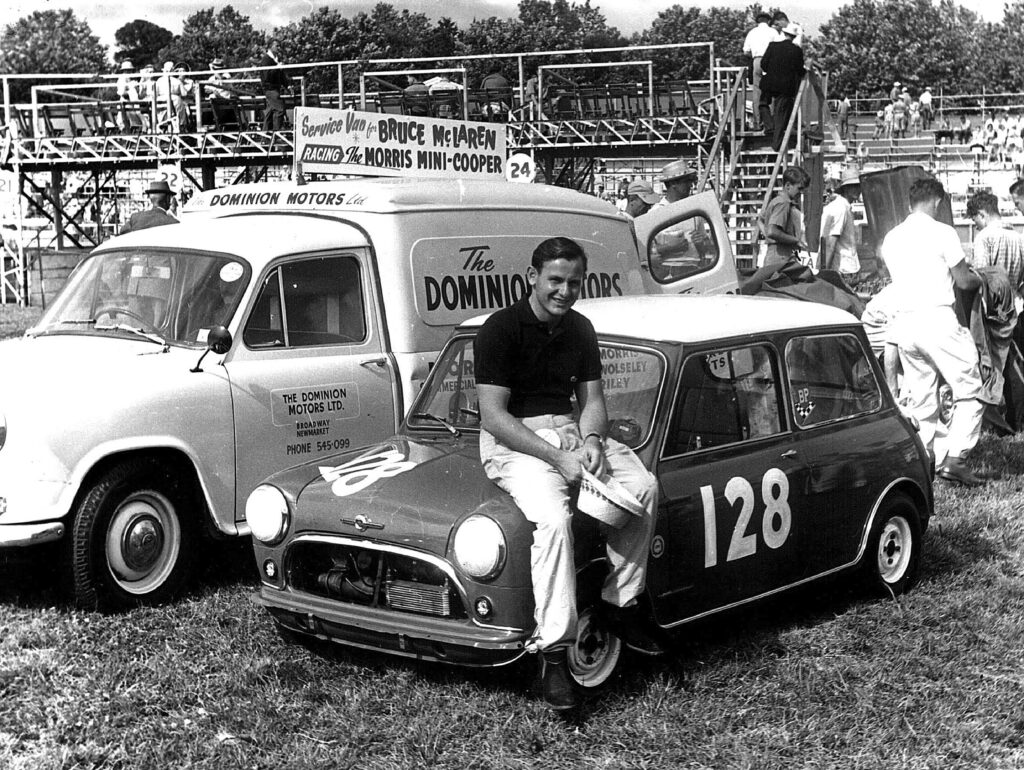
Most top racing drivers do care about safety levels of road-going cars for everyday motorists and their all-round abilities behind the wheel. Jackie Stewart for one denied finding everyday driving boring. He took pride in giving his passengers the smoothest possible ride, and encouraged all drivers to actively engage in the task. They also make interesting choices for their transport away from competitive motoring.
Thirty years ago I spent a day with Chris Amon driving on lower North Island roads and I can remember those informative few hours as vividly as if they were yesterday. In 1983 Chris accepted a challenge from Toyota New Zealand to improve its locally assembled cars in a relationship that extended well beyond the end of New Zealand-built Toyota vehicles in 1997.
Arriving at Toyota’s former head office in the northern Wellington suburb of Johnsonville in 1992, I was briefed by Amon and the company’s engineering team of Paul Carroll, Phil King and Ashton Rowe before Chris and I set off for the Kapiti Coast and various back country roads. We were in one of the first Amon-tuned Toyota Coronas. Chris also applied his magic to the Corolla, and later improved both the Hilux utility and Camry.
I was just as keen to ride as passenger while Chris drove and did the talking – and would come away totally impressed by his relaxed and smooth style of everyday motoring. Problem was Amon wanted me to drive so we had several swap-arounds during the day. Happily, the brilliant former Ferrari Formula 1 works racer informed me of all the things I was doing wrong.
So what sort of road cars did Bruce McLaren, Denny Hulme and Chris Amon – our great trio of Kiwi racing stars – choose? As with most youngsters, they all began with modest machines. At 15 McLaren sat his driving licence in a friend’s side-valve Morris Minor and Hulme drove his father’s Minor in those early days.
Amon honed his initial driving skills on fields around his family’s 1500-acre property in Bulls at the wheel of an elderly 1937 Ford V8 pick-up that had done 300,000 miles. Chris then progressed to a 1924 Studebaker Class with a straight-six Hudson engine. He stripped the bodywork from the chassis and raced around the family paddocks until he lost the steering when a front wheel wore through the track rod.
Seventeen-year-old Amon made his entry into organised motor sport in a dirt-track midget before making a huge leap into a 2.5 litre, six-cylinder, 270 horsepower Maserati 250F open wheeler. It was in that car during the 1961/62 New Zealand season that he gave an early indication of his immense talent. He recalled the 250F being a difficult car to master which perhaps was something of an under-statement given his tender years.
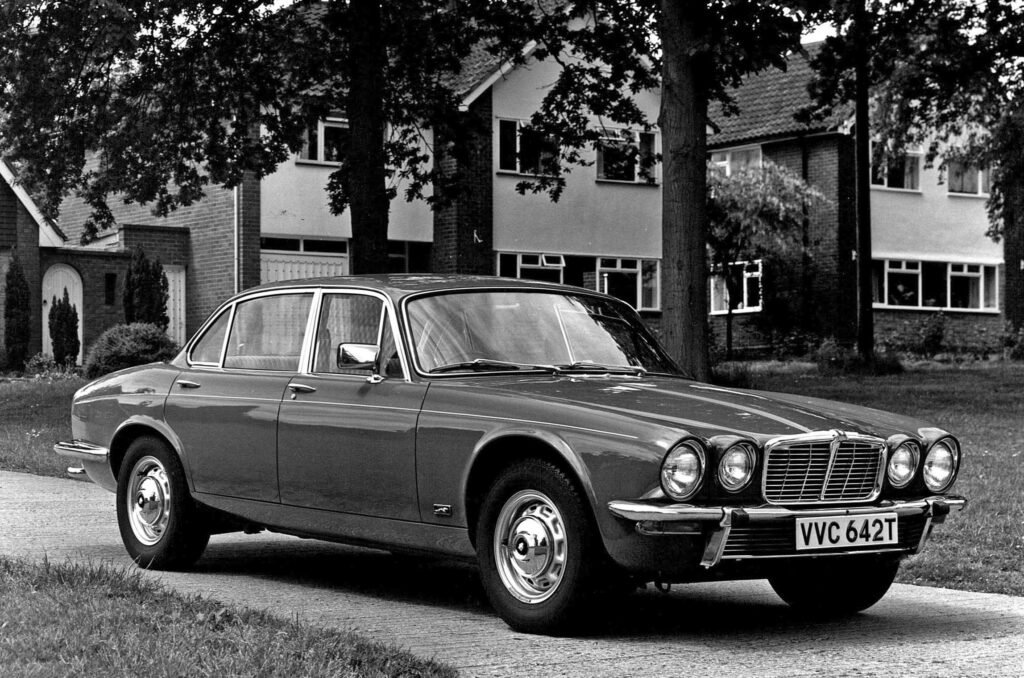
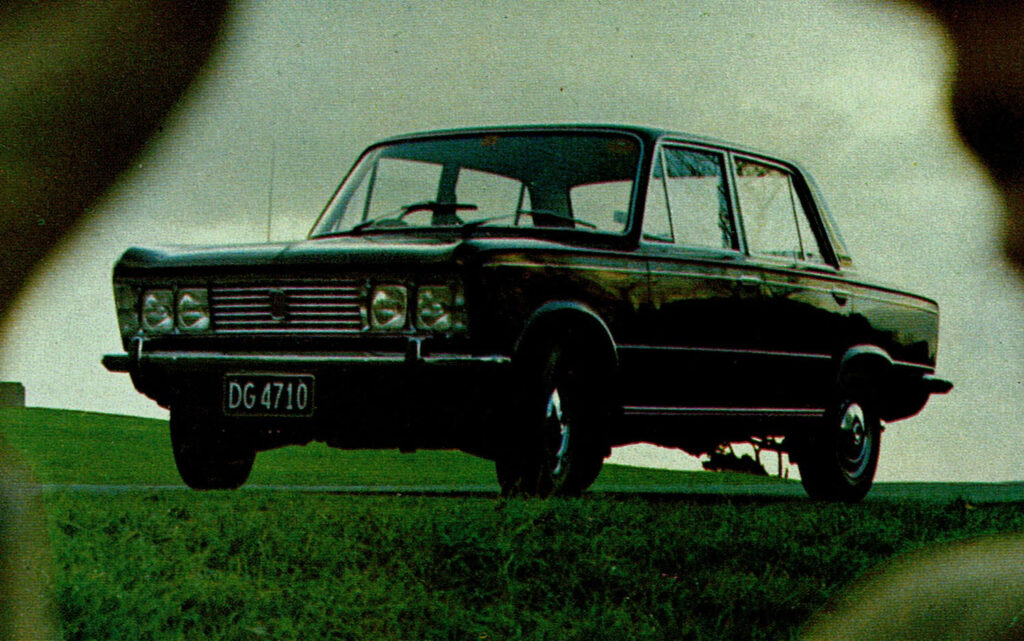
McLAREN IN AN AUSTIN HEALEY 100
Several summers earlier Bruce McLaren drove a Ford Ten and then the famous Ulster Austin he ran in hillclimbs before his first major motorsport breakthrough at the 1955 New Zealand Grand Prix at Ardmore with an Austin Healey 100. He was just 17 years old but his race ended after 30 laps when the Healey blew a head gasket.
Denny learnt to drive in an old Chevrolet truck, his dad’s Morris 8 Sports and a Morris Minor and was earning a few pounds ferrying Morris cars between Tauranga and Auckland. Aged 19, the first car he owned was a brand new MGTF, one of three available at Dominion Motors, the Morris dealership in Auckland. Showing early signs he was always careful with money, he chose the red one with disc wheels because it was £28 cheaper than the other two MGs with wire wheels! Denny hill-climbed the TF and maintained his enthusiasm for the MG, buying it back years later and completing a restoration in 1988.
Hulme progressed to an MGA but when he needed to trade that against the purchase of a 1958 Cooper racing car he had to resort to borrowing his parent’s Minor for road use. Moving overseas and operating on a tight budget in 1961, Hulme bought a Mark 1 Ford Zodiac with 80,000 miles on the clock for £300 and towed his Cooper-Ford racing car on an open trailer to race meetings in the UK and on the Continent. The rear seat was removed and the space filled with tools, spares and fuel cans.
In England, McLaren acquired the Morris Minor owned by Jack Brabham’s wife in 1959 and two years later bought one of the first Downton-tuned Mini Coopers which was shipped home for the summer racing. All three drivers owned BMC Minis during their early racing days. Hulme and fellow Kiwi George Lawton each bought new standard 850 cc Minis for transport when they arrived in Britain for the 1960 season. Tragically Lawton was killed in the Danish Grand Prix later that year and his Mini was shipped to New Zealand. In 1964 Hulme purchased a new red Mini Cooper 1275S in England and imported the car home.
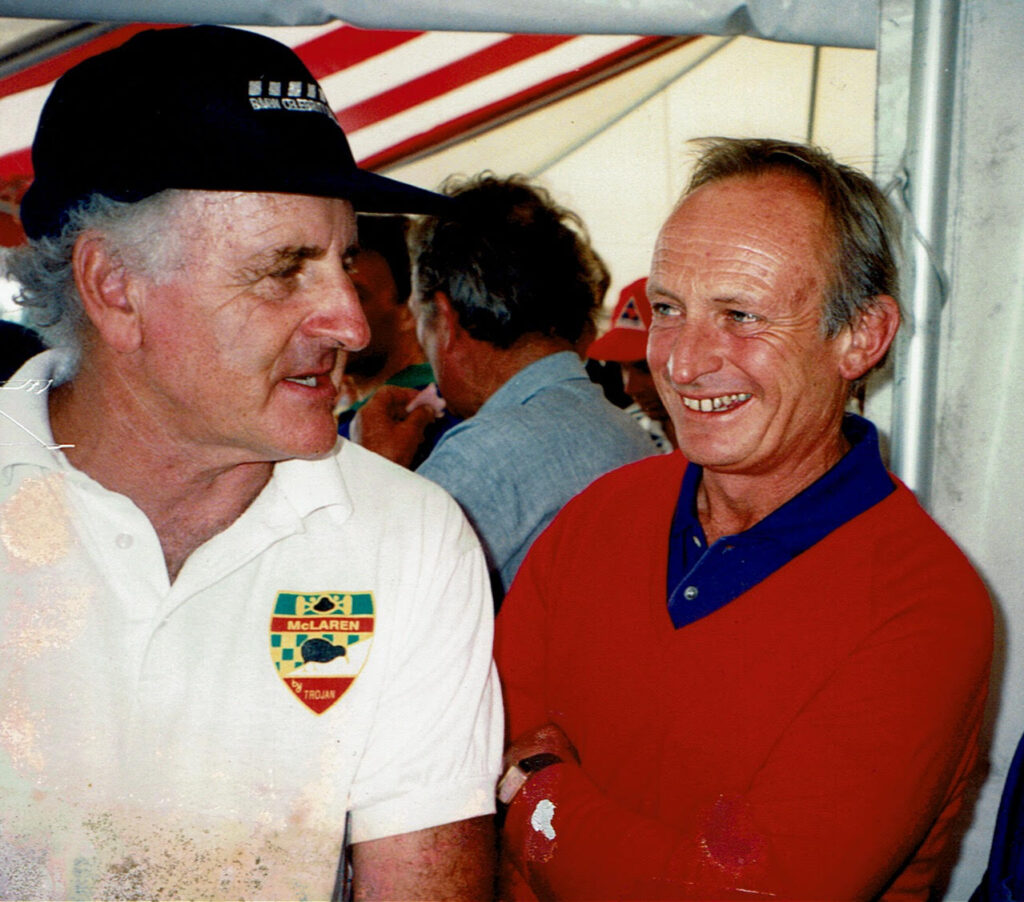

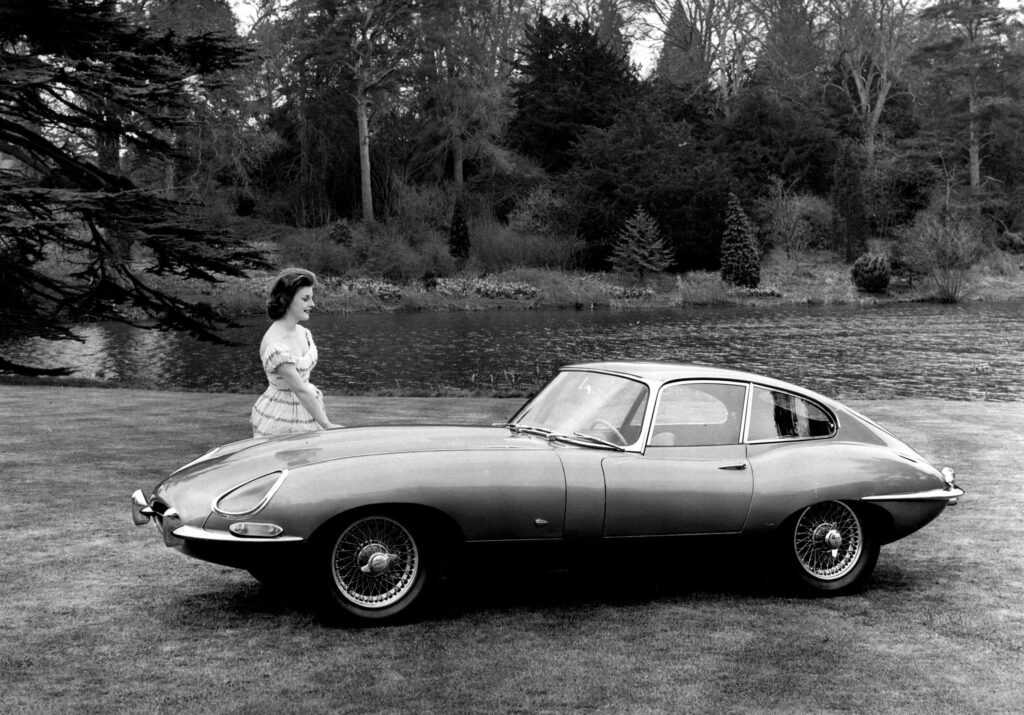
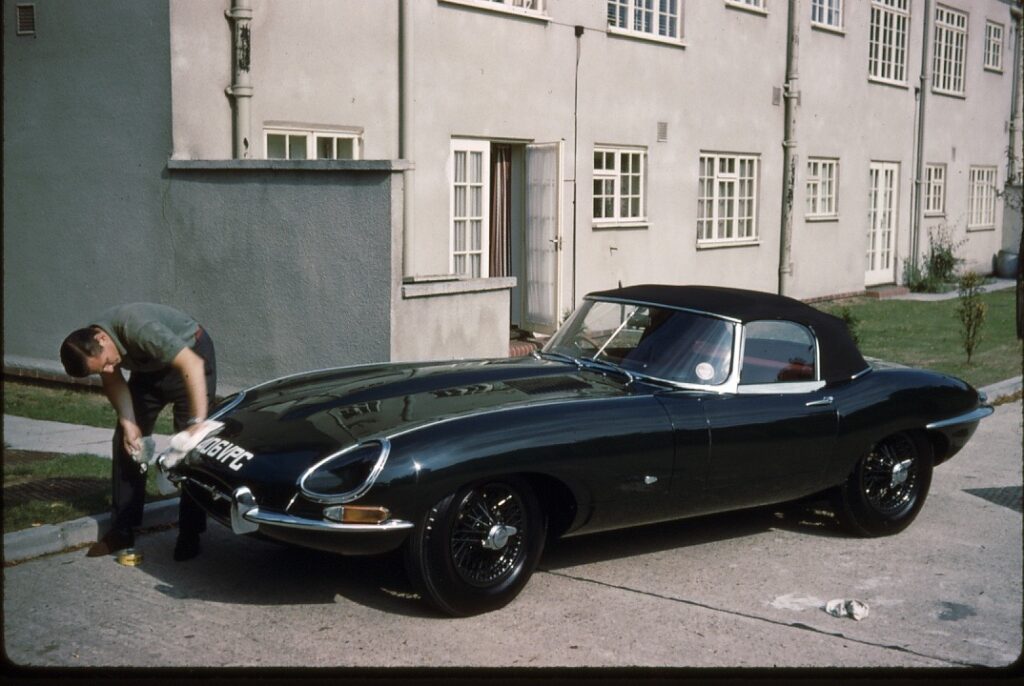
CHRIS AMON’S FIRST MINI COOPER
At the youthful age of 19 Amon went to Europe in 1963 to race a Lola F1 car for Reg Parnell and after the high cost of cars in New Zealand was surprised how far his money went in Britain. He purchased a secondhand Mini Cooper from South African driver Tony Maggs and rated it highly even if the ride was firmish on indifferent roads. “I drove it to every race – firstly to see the country, secondly because it was fun driving it. We used to put up some phenomenal averages, especially in France,” he said. There is a common theme with Minis with many Formula 1 drivers owning at least one during the colourful ‘60s decade.
Chris briefly ran a Sunbeam Tiger V8 sports car and then in 1968 owned one of three factory-built Mini Cooper 1275S-types fitted with the AP automatic transmission, with the other two experimental examples going to Mini designer Alec Issigonis and Enzo Ferrari. His black ultimate Mini was an attention-grabber in London and also Modena in Italy but Chris remembered it did tend to overheat in heavy traffic. By contrast the following year Chris acquired a 6.3-litre Mercedes sedan which he said had tons of steam but was lethal in the wet. While using the Mercedes in Italy he returned to Milan airport to find water dripping from the engine, necessitating a costly engine rebuild.
Enzo Ferrari showed interest in the Mercedes and asked Amon if he could take it for a drive. Knowing Ferrari’s rapid road-going reputation, Amon was reluctant to agree, and Enzo took off up the road in a cloud of smoke with the car’s stereo wound up to maximum. The New Zealander was pleased when his car returned in one piece.
No new Ferrari road car ever eventuated for Amon during his time with the famous racing team simply because he was unable to secure a reasonable discount. However, he bought an elegant used 4-litre V12 Ferrari 330 GT when moving to Italy in 1967, followed by one of the first Fiat 125 sedans which he rated highly. Italian living suited Chris perfectly and he rented a furnished penthouse for the equivalent of $14 a week!

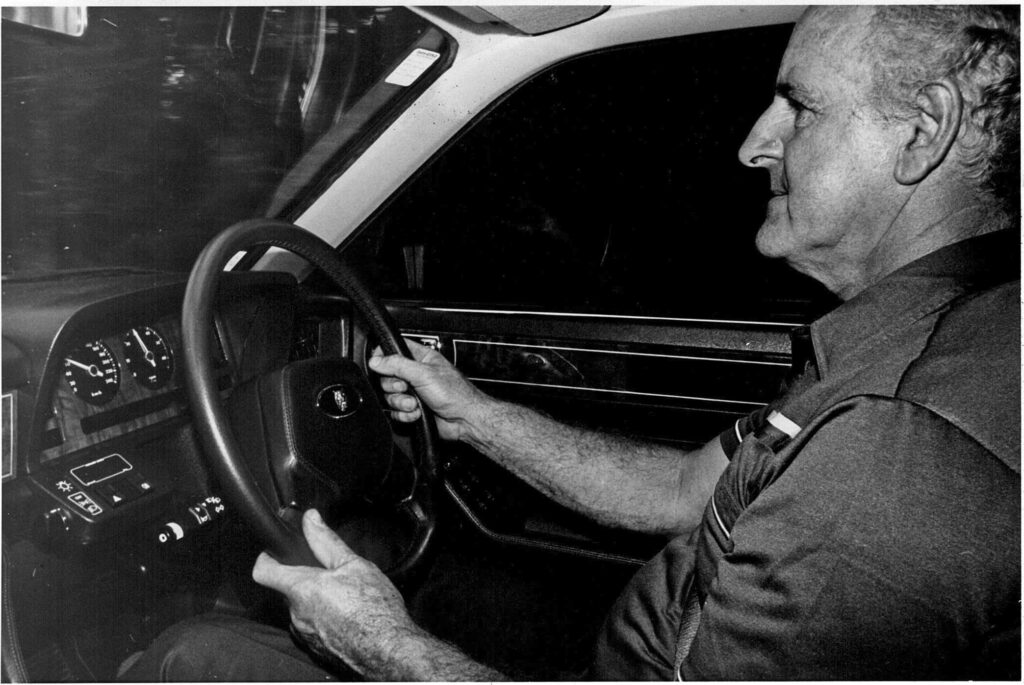
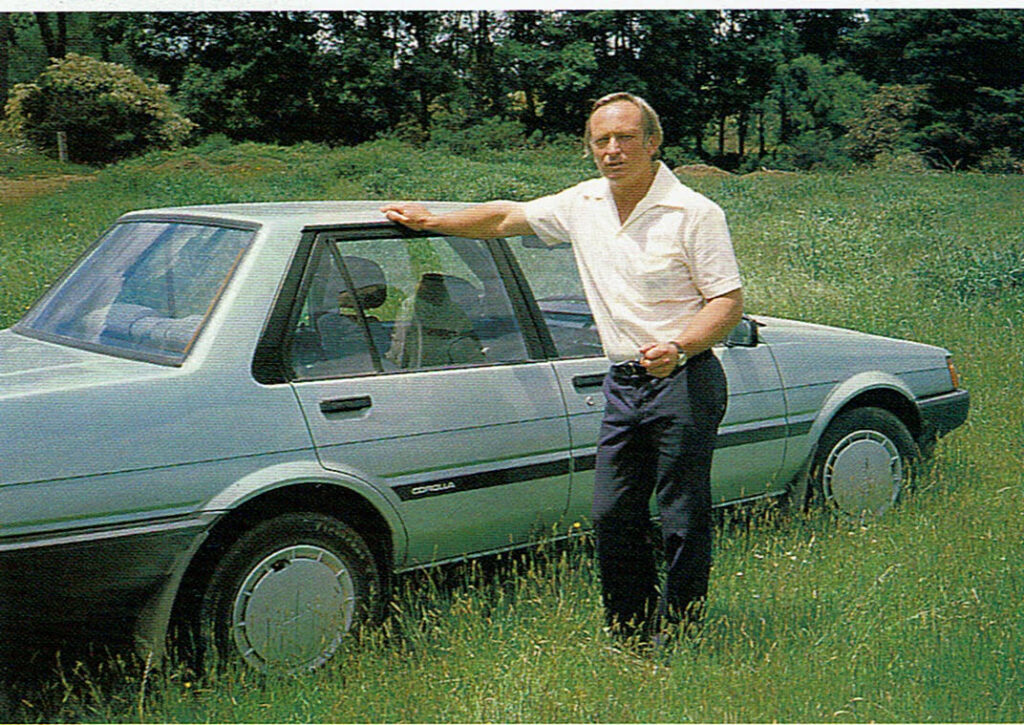
MATRA DJET A RARE CHOICE
Chris had a habit of keeping his cars for short periods, and during the early ‘70s a Ford Taurus and Ford Zodiac preceded a Matra Djet coupe. Powered by a one-litre Gordini twin cam engine, the small and rare French Matra two-door is claimed to be the world’s first mid-engined production car. Amon’s road cars were followed by a modest Chrysler Avenger, a Cortina station wagon and a BMW CSL.
Following his departure from Ferrari, Amon spent several years without owning a car because all F1 drivers of cars using Ford Cosworth engines were offered loan Ford Granada V6 sedans. In 1976 Amon admired the Rover 3500 SD1 hatchback but had hesitancy over British Leyland quality and delayed delivery times. Among the Ford carers was Hulme with a 3-litre Zodiac followed by a Granada. He said in the first six months with the Granada he used it so infrequently that it still had half a tank of petrol from its original delivery!
Rewind to 1960, and McLaren’s Morris Minor was replaced by a new 3.8 Mark II Jaguar sedan with the intention of later bringing it home for his father. He specified a high ratio rear axle, racing suspension and high-geared steering that made the car too heavy on the road. The Kiwi trio all had a soft spot for Jaguars, not only owning them but also racing examples of the marque. An 11-year-old Bruce McLaren’s enthusiasm was heightened when his dad gave him an XK120 catalogue depicting a cutaway drawing of the XK motor. Years later Bruce owned one of the first E-Types which he admired but said had somewhat tricky handling when pressing on and was unreliable. Once more, Bruce optioned the E-Type with high gearing to enhance Continental cruising, only to find he did not want to travel that fast on public roads.
Amon said he had long been fascinated by Jaguars and early in 1964 while based in England he acquired a 1958 Mark 1 3.4 sedan which he drove to Monaco for the Grand Prix with Peter Revson and Mike Hailwood. The three racing drivers then motored to Zandvoort in Holland for the next Formula 1 meeting and then back to London with the Jaguar’s clutch slipping and the big ends gone.
Hulme bought a new Series 2 Jaguar XJ6 in Britain in 1974 along with a classic first-generation Range Rover. He eventually shipped both cars home, keeping them for many years. I visited Denny at his Rotoiti home in 1987 with a then new XJ40 Jaguar Sovereign and he showed his enthusiasm for the Coventry cat on a quiet country road jaunt.
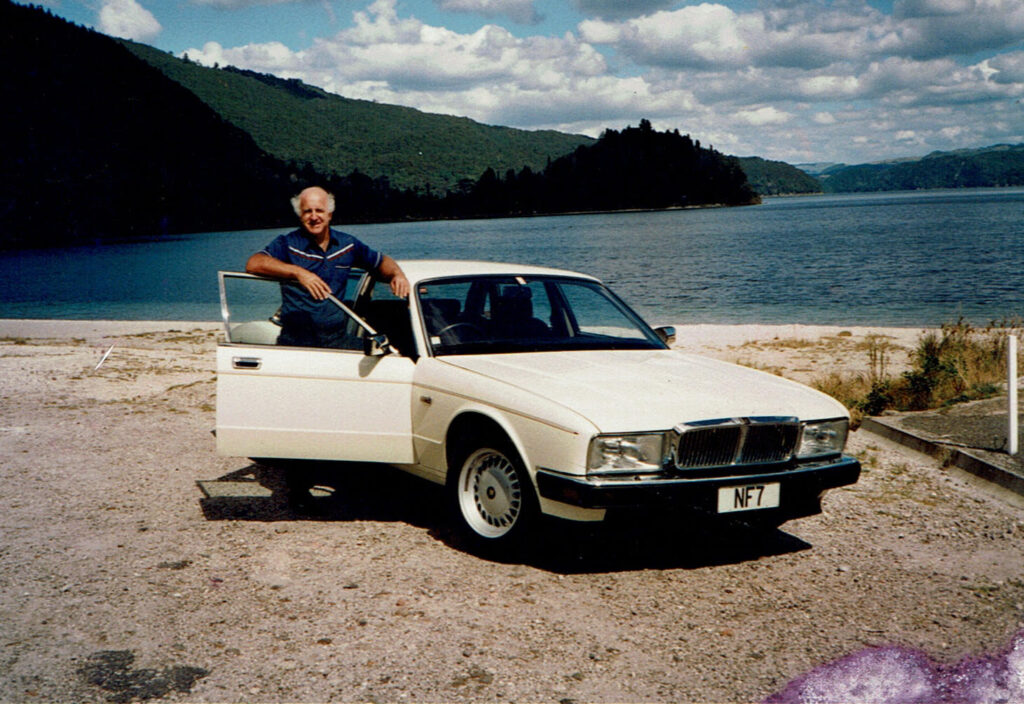
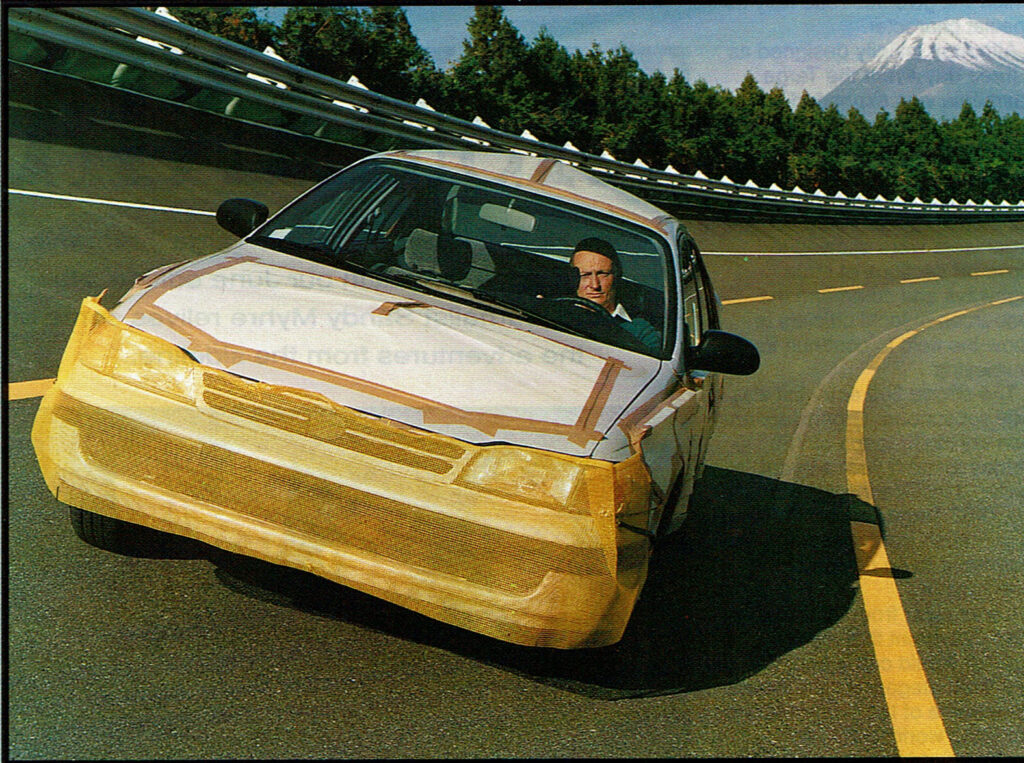
HULME IN A VAUXHALL CHEVETTE
Relaxing in his lazy years back home, Hulme was an early brand ambassador for General Motors New Zealand and the package included a Vauxhall Chevette he often used on long journeys with the family, leaving the Jaguar and Range Rover resting in their garages. After all, the little Chevette used less petrol than the other two. He later bought a new Ford Sierra station wagon in Auckland and drove a Honda Civic VTEC-E on an economy drive around Britain. Denny also teamed up with Tom Walkinshaw to race a Jaguar XJS V12 coupe in the Wellington Street race and won the 1986 Tourist Trophy at Silverstone in a Rover 3500 SD1.
By the time Amon returned to live in New Zealand in 1977, he was increasingly concerned about road safety shortcomings, partly resulting from a road accident in California when the van in which he was a passenger was hit by a stolen car. In the ‘80s while appearing on a local TV motoring programme as a test driver Chris was critical of the handling of Japanese cars and sought improvements in directional stability, ride comfort, vibration, road noise and suspension balance front and rear.
Once on board with Toyota he was making suspension adjustments to the locally assembled cars with springs, anti-roll bars, tyres and shock absorber settings. This evolved further into suspension bushes while maintaining basic suspension geometry. The Peugeot 405 with its excellent straight-line stability and turn-in response was used as a benchmark for local development of the 1992 ST190 Corona. He worked on not only improving the driving pleasure but also saving drivers from themselves in an emergency situation.
“When we first started, we were tending to change what was established specification, but from 1985, we were getting prototype cars and instead of changing something, we were actually developing the specification,” said Amon. He came, of course, with a reputation for brilliant testing in motor racing and while most racing drivers say they prefer racing to testing, Chris enjoyed solo vehicle sorting, a talent he was able to employ at the Manfeild circuit for Toyota. He said good handling was easier to achieve than ride. You could get a car to handle well on the track, but compromises were necessary to obtain a good ride at normal road speeds.
Bob Field, Toyota New Zealand’s chief executive at the time, said, “Almost single-handedly he raised the safety and quality of Toyota suspension first in New Zealand and then globally.” Amon was a genius driving on the limit and he was also a highly competent conservative motorist, taking a second generation Prius hybrid to victory in the 2004 EnergyWise Rally with a thrifty fuel consumption average of 4 litres/100 km over North Island roads. Our top Kiwi racers have been nothing if not versatile in their motoring tastes.
